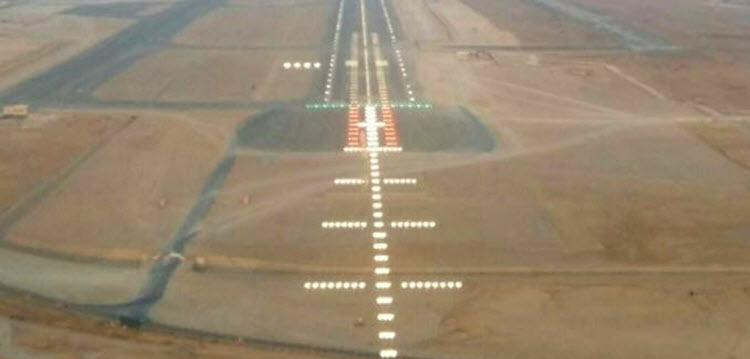
- 0 Comments
- AFLAGLATXcapacityOmanSalalah International AirportSLL

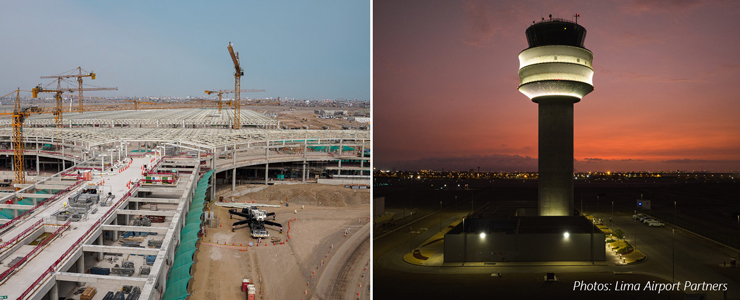
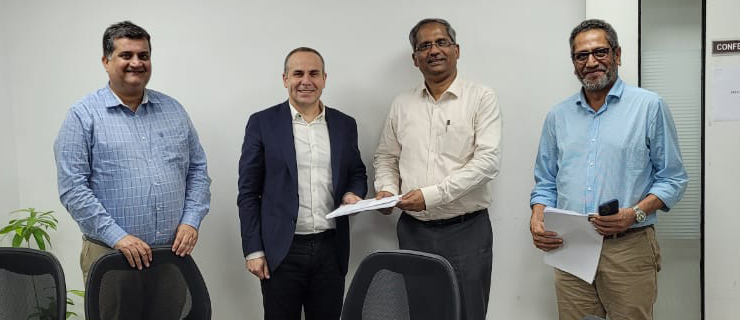
PRESS RELEASE. Navi Mumbai International Airport (NMIA), currently one of the largest greenfield projects in India will employ ADB SAFEGATE’s most advanced airfield lighting solutions to date: AXON EQ LEDs lights and LINC 360 Individual Control & Monitoring System (ILCMS). Continue reading

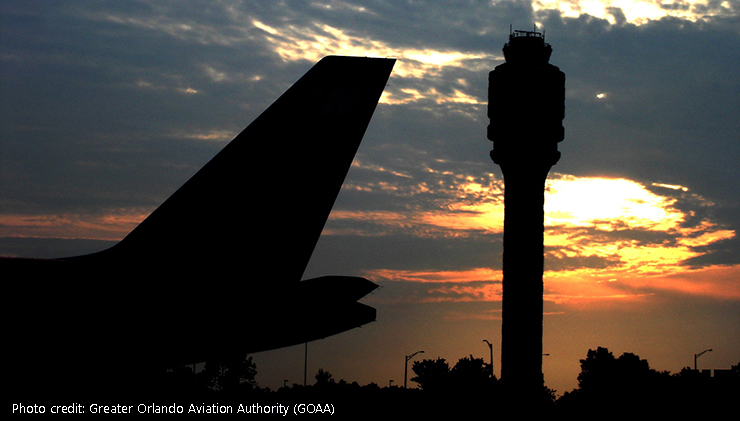
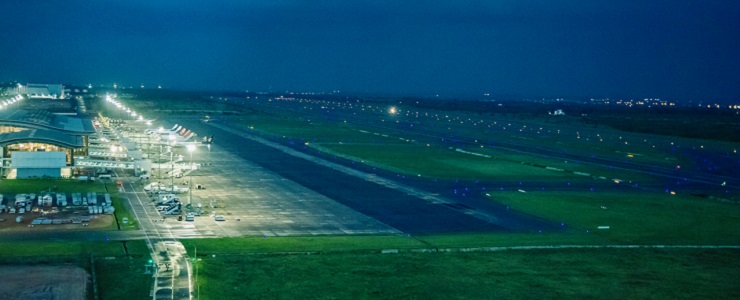

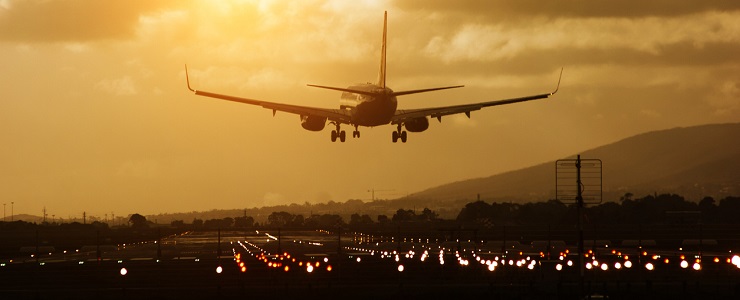
 International Day of the Air Traffic Controller
posted on October 20, 2016
International Day of the Air Traffic Controller
posted on October 20, 2016
 Air Traffic Expansion is the biggest challenge facing airports
posted on August 16, 2017
Air Traffic Expansion is the biggest challenge facing airports
posted on August 16, 2017
 Innovation and Sustainability: How Airports Can Meet the Challenge – and Stay Efficient
posted on November 15, 2017
Innovation and Sustainability: How Airports Can Meet the Challenge – and Stay Efficient
posted on November 15, 2017
 Safegate Group and ADB Group unite to form ADB Safegate
posted on March 14, 2016
Safegate Group and ADB Group unite to form ADB Safegate
posted on March 14, 2016
 Future of Airfield Lighting: guiding aircraft one LED light at a time
posted on May 3, 2015
Future of Airfield Lighting: guiding aircraft one LED light at a time
posted on May 3, 2015
 Opening ceremony at Lahore Airport
posted on December 1, 2015
Opening ceremony at Lahore Airport
posted on December 1, 2015
 How the improved Level of Service framework can help airports improve customer service & competitiveness
posted on April 4, 2018
How the improved Level of Service framework can help airports improve customer service & competitiveness
posted on April 4, 2018
 Finding future ADB SAFEGATE experts at ARKAD careers fair
posted on November 5, 2015
Finding future ADB SAFEGATE experts at ARKAD careers fair
posted on November 5, 2015
 Follow the Greens: A strategic path to success for all airport stakeholders
posted on January 24, 2017
Follow the Greens: A strategic path to success for all airport stakeholders
posted on January 24, 2017
 Airport Traffic Expansion project at Lahore airport
posted on February 18, 2016
Airport Traffic Expansion project at Lahore airport
posted on February 18, 2016

Recent Comments